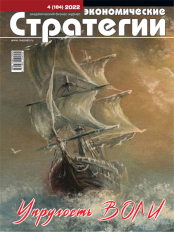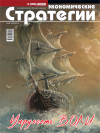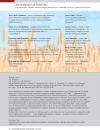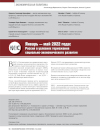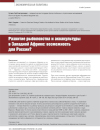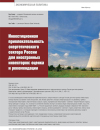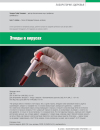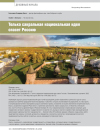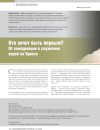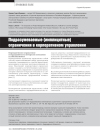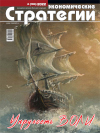Peculiarities of the Bread Products Consumption as a Factor in the Health Status of the Working Population of Russia
DOI: https://doi.org/10.33917/es-4.184.2022.82-89
Bread and bakery products are among the basic foods in Russia. Among the subjects of the Russian Federation 23 regions have seen an increase in the consumption of bread products in 2017–2020, leaders in consumption growth became the Astrakhan region, Republic of Ingushetia, the Chechen Republic and the Krasnodar Territory. These regions traditionally have a high consumption of bread products (10–19% higher than the Russian average). In addition, in the above North Caucasian regions, as well as in the Astrakhan region, in 2017–2020 Rosstat have recorded one of the lowest per capita monetary incomes of the population (30–53% lower than the average for the Russian Federation). In 2018– 2020 consumption of bread products in the Russian Federation was at the level of 116 kg per person a year, which is 20 kg or 21% higher than the recommended norm. Thus, resulting from a decline in revenues, the population switches from consumption of more expensive products to cheaper ones, saving on the purchase of meat, vegetables and fruit. Studies in this area have shown that bread products and vegetable oil in terms of kilocalories per ruble of costs stand in the first place, sugar and confectionery are in the second and potatoes are in the third place. The quality of the Russian consumer basket is the success of the nation’s longevity.


